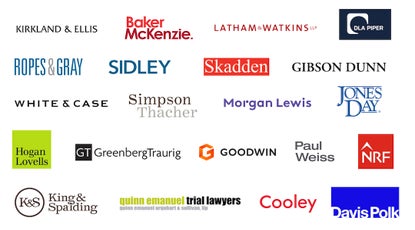The U.S. Department of Justice (DOJ) has recently announced a new enforcement strategy aimed at tackling the misuse of artificial intelligence (AI). This strategy includes the development of a fast-moving enforcement program, the use of AI in evidence gathering, and the promise to seek sentencing enhancements for crimes made significantly more dangerous by AI.
Challenges in Implementing DOJ’s Enforcement Program
The DOJ’s vision of a fast-moving enforcement program that tackles cutting-edge, AI-enabled crime presents several initial challenges. The first challenge is the rapid pace of AI development and its diverse applications, which can be exploited for criminal activities. This requires the DOJ to stay abreast of the latest advancements in AI and understand their potential misuse.
The second challenge is the need for collaboration across various sectors. The DOJ has to work closely with other federal agencies, private sector companies, and international partners to effectively combat AI-enabled crime.
Lastly, the enforcement program must strike a balance between preventing AI misuse and promoting innovation. Over-regulation could stifle technological advancement, while under-regulation could leave room for AI misuse.
Deputy Attorney General Lisa O. Monaco said the world is at an inflection point with AI. "AI can lower the barriers to entry for criminals,” the Deputy Attorney General continued, and “create new opportunities” that “supercharge the threats [posed by serious crimes].”
AI’s Role in Evidence Gathering and Its Admissibility
AI has shown potential in generating leads and gathering evidence. Predictive AI models can provide insights on future events, biometrics aid in identification, and AI transcription services convert audio into written transcripts for court evidence. However, the admissibility of such AI-generated evidence in courts raises several questions.
The reliability and validity of AI applications are crucial factors in determining the admissibility of AI-generated evidence. Judges face challenges in evaluating the admissibility of such evidence with concerns related to reliability, transparency, interpretability, and bias in such evidence.
Moreover, the opacity in AI algorithms hampers transparency, while bias in training data can lead to discriminatory outcomes. The absence of standard guidelines on how to verify AI-generated evidence complicates the decision-making process.
Sentencing Enhancements for AI-Enabled Crimes
The DOJ has promised to seek sentencing enhancements for crimes made significantly more dangerous by AI. This move sheds light on some gaps in the U.S. Sentencing Guidelines.
Currently, there are no specific enhancements in the U.S. Sentencing Guidelines referring to the use of AI. However, prosecutors could potentially seek an enhancement using USSG § 2B1.1(10)(C) for the use of "sophisticated means."
The DOJ is committed to seeking reforms to those enhancements if existing advisory sentencing enhancements are deemed inadequate to address the harms caused by AI. This commitment underscores the DOJ’s recognition of the unique threats posed by AI-enabled crimes and its determination to hold offenders accountable.
The new enforcement strategy represents a significant step towards addressing the challenges posed by AI misuse. However, it also highlights the need for ongoing efforts to keep pace with AI advancements, ensure the reliability and admissibility of AI-generated evidence, and update sentencing guidelines to reflect the unique nature of AI-enabled crimes.







